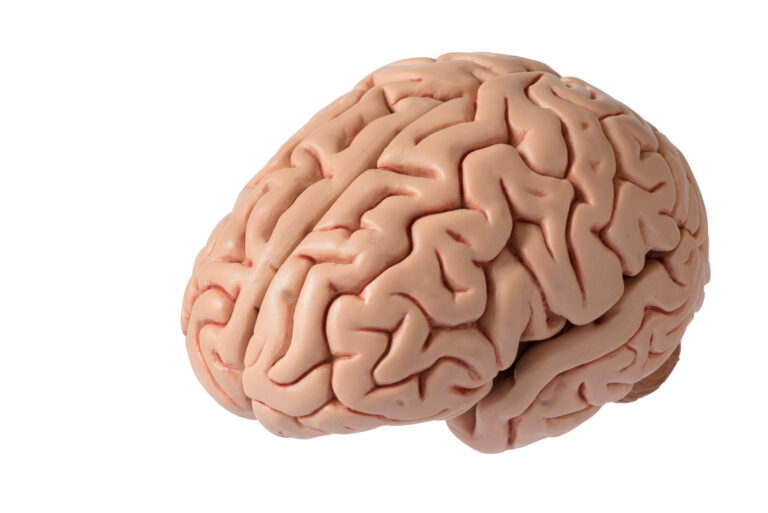Nanotechnology has become a buzzword in the world of science and technology, promising to revolutionize the way we live and interact with our surroundings. One of the most exciting applications of this field is in the field of medicine, specifically in drug delivery. By using nanotechnology, scientists have found a way to deliver drugs to the brain, a previously challenging task due to the blood-brain barrier that prevents many substances from entering the brain. This innovative approach is paving the way for more effective treatments for neurological disorders and diseases.
To understand how nanotechnology is used for drug delivery to the brain, we first need to understand what it is. Nanotechnology refers to the manipulation of matter at the nanoscale, which is one billionth of a meter. At this scale, materials have unique properties that can be harnessed for various purposes. Scientists have been exploring the use of nanoparticles, which are tiny particles ranging from 1-100 nanometers in size, for targeted drug delivery.
The blood-brain barrier (BBB) is a highly selective membrane that separates the circulating blood from the brain tissue. Its main function is to protect the brain from harmful substances and maintain a stable environment for proper functioning. While this is crucial for our overall health, it poses a challenge when it comes to delivering drugs to the brain. Many drugs are not able to cross the BBB, making it difficult to treat neurological diseases effectively.
This is where nanotechnology comes in. By designing nanoparticles with specific properties, scientists have found a way to bypass the BBB and deliver drugs directly to the brain. These nanoparticles can be engineered to target specific areas of the brain and release their cargo in a controlled manner.
One way nanoparticles can cross the BBB is through a process called receptor-mediated transcytosis. This involves coating nanoparticles with specific molecules that can bind to receptors on the surface of BBB cells. Once attached, these nanoparticles are internalized by the cells and transported to the other side of the barrier, releasing their payload into the brain tissue.
Another approach is to use nanoparticles as carriers for drugs that can cross the BBB, but may not be effective on their own. For example, drugs that are effective in treating brain tumors may not be able to cross the BBB. By attaching these drugs to nanoparticles, they can easily cross the barrier and target the tumor, increasing their effectiveness.
In addition to delivering drugs to the brain, nanotechnology also allows for more precise and controlled drug release. Unlike traditional methods where a drug is administered orally or through injections, nanoparticles can be designed to release their cargo at a specific time or location in the brain. This targeted delivery not only reduces side effects but also ensures that the drugs are delivered directly to the affected area, increasing their efficacy.
One of the most promising applications of nanotechnology in drug delivery to the brain is in the treatment of neurological disorders such as Alzheimer’s and Parkinson’s disease. These diseases are caused by a buildup of toxic proteins in the brain, and current treatments are unable to effectively target them. By using nanoparticles, scientists can deliver drugs that can break down these proteins and slow disease progression.
Nanotechnology is also showing promising results in treating brain tumors, which are difficult to treat due to their location and the blood-brain barrier. By using nanoparticles to deliver chemotherapy drugs, doctors can target the tumor directly and reduce damage to healthy brain tissue. This not only increases the effectiveness of the treatment but also reduces side effects for the patient.
Aside from drug delivery, nanotechnology also has potential in imaging and diagnosis of neurological diseases. Scientists have developed nanoparticles that can cross the BBB and attach to diseased cells, making them visible on imaging scans. This allows for early detection and better monitoring of diseases such as brain tumors.
While there is still much research and development needed in this field, the potential of nanotechnology for drug delivery to the brain is immense. Not only does it offer a more effective and precise way of treating neurological diseases, but it also has the potential to reduce side effects and improve patient outcomes.
However, with any new technology, there are also potential risks and concerns that need to be addressed. Some worry about the long-term effects of nanoparticles on the brain and whether they can cause harm. This highlights the importance of continued research and regulation to ensure the safety and efficacy of these techniques.
In conclusion, the use of nanotechnology for drug delivery to the brain is an innovative approach that shows great promise in the field of medicine. By harnessing the unique properties of nanoparticles, scientists have found a way to overcome the challenges posed by the blood-brain barrier and deliver drugs directly to the brain. This has opened up new possibilities for treating neurological disorders and improving the quality of life for patients. With further advancements and research, nanotechnology has the potential to revolutionize medicine and change the way we treat diseases of the brain.





